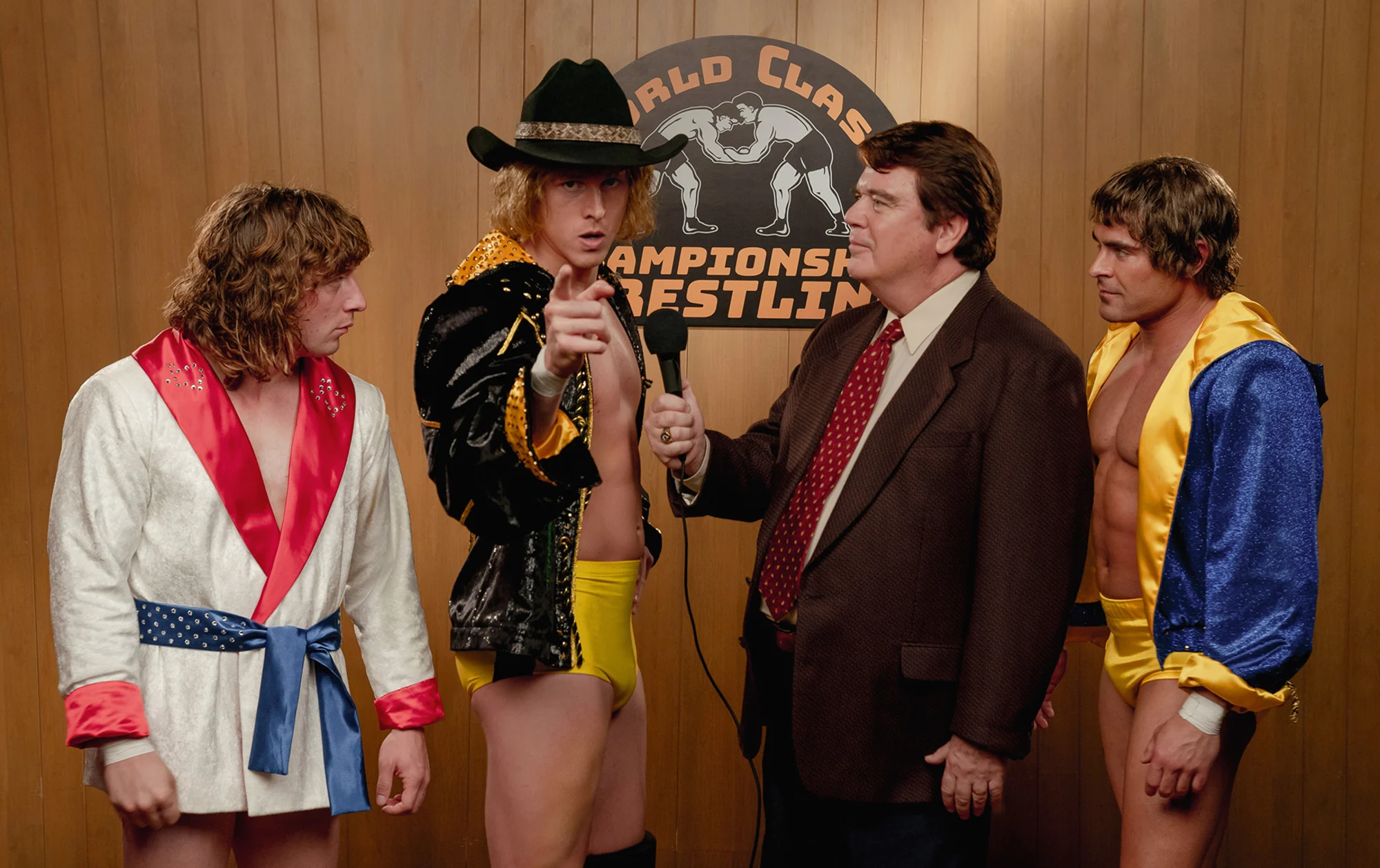Resurging Glory: The Return of the Mullet
The mullet, once relegated to the annals of fashion history as a symbol of bygone eras and questionable taste, is experiencing a remarkable resurgence on both the big screen and in real-life trends. Spearheaded by a convergence of cinematic portrayals and cultural influences, the mullet is reclaiming its status as a versatile and timeless hairstyle, challenging conventional notions of beauty and masculinity.

The Historical Parallels: In an unexpected twist, characters spanning centuries and continents, from French revolutionaries to ‘80s Texan wrestlers, find themselves united by a common denominator: the mullet. Fashion historian Jessica Glasscock draws intriguing parallels between the flamboyant styles of historical figures and the iconic mullets sported by contemporary cinema’s protagonists, underscoring the hairstyle’s enduring appeal and cultural significance.
The Modern-Day Revival: The recent cinematic resurgence of the mullet can be traced back to its origins in counterculture movements of the ’70s and ’80s, epitomized by icons like David Bowie and the punk scene. However, it is the contemporary reinterpretations in films such as “The Iron Claw” and “All of Us Strangers” that have catapulted the mullet back into the spotlight, breathing new life into this once-dismissed hairstyle.
Symbolism and Subversion: Far from being merely a fashion statement, the mullet serves as a powerful symbol of rebellion and individuality, challenging societal norms and expectations. Through its portrayal in films like “The Iron Claw,” where it reflects the practicality and personality of its wearers, and “All of Us Strangers,” where it becomes intertwined with themes of nostalgia and identity, the mullet emerges as a narrative device with profound cultural resonance.
Cultural Evolution: From its ancient roots among nomadic tribes to its modern-day resurgence in salons across the globe, the mullet has undergone a remarkable evolution, adapting to changing cultural landscapes while retaining its distinct character. As hairstylists and designers experiment with new interpretations and variations, the mullet continues to defy categorization, embodying a spirit of creativity and self-expression.
Conclusion: The resurgent popularity of the mullet signifies more than just a passing trend; it represents a cultural phenomenon driven by nostalgia, rebellion, and a desire for authenticity in an increasingly homogenized world. As the mullet once again takes center stage, both onscreen and off, it serves as a potent reminder of the enduring power of style to shape our perceptions and challenge our assumptions.
